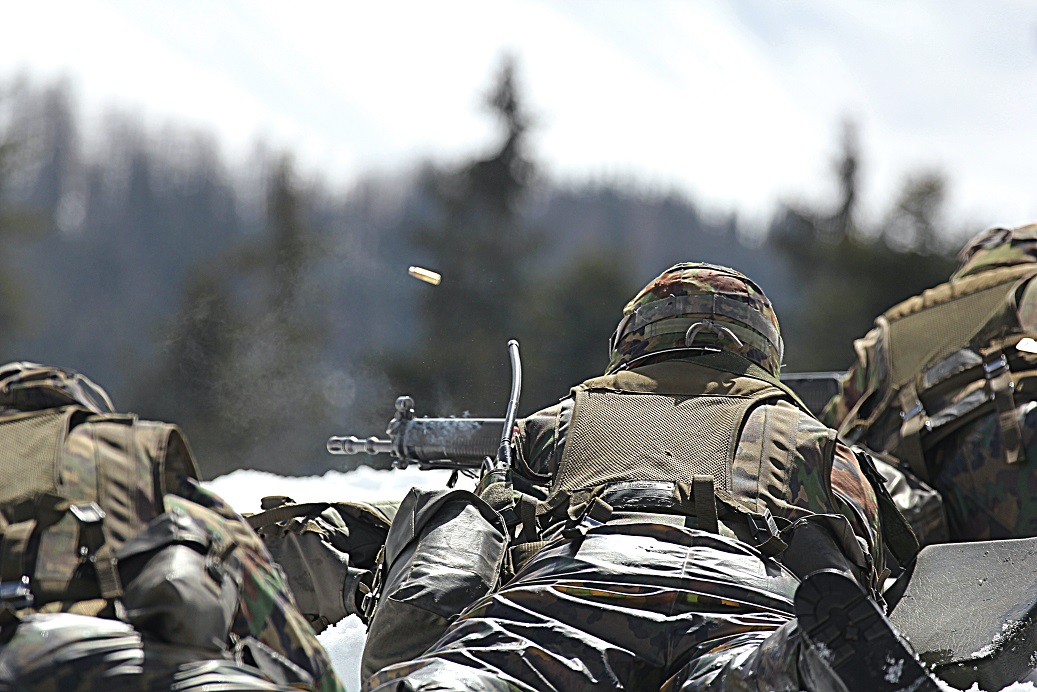When it comes to protecting yourself, hard armor is the way to go. Hard armor plates provide protection from rifles and high-velocity rounds, which is why they are an essential part of any military or law enforcement operation. But what exactly are these plates made of? How do you know which one is right for you? Let’s take a look at the basics of hard armor.
Types of Hard Armor Plates
The most common type of hard armor plate used today are ar500 plates, also known as “abrasion-resistant steel plates.” These plates are made with a special grade of steel that is designed to absorb and disperse impacts from bullets and other high-velocity rounds. The steel itself is incredibly durable and can withstand multiple impacts without losing its protective properties.
When choosing a plate, it’s important to consider how much protection you need. If you’re looking for maximum protection against rifle rounds and other high-velocity projectiles, then an AR500 plate may be your best option. However, if you’re looking for something lighter that still offers some level of protection, then there are lighter options available such as ceramic composite plates or ultra-high molecular weight polyethylene (UHMWPE) plates.
No matter what type of plate you choose, it’s important to make sure it’s properly fitted and securely fastened in place so that it won’t move around during physical activity or combat situations. This will ensure that the plate provides the best possible protection when needed most.
Hard armor plates can provide valuable protection against a variety of threats, but it’s important to understand the basics before making a purchase. AR500 plates are the most popular type due to their superior durability and ability to protect against high-velocity rounds, but there are other options available as well depending on your needs and preferences. No matter what type of plate you choose, make sure it’s properly fitted and fastened in place for maximum protection when needed most.
For more articles, please click here.

